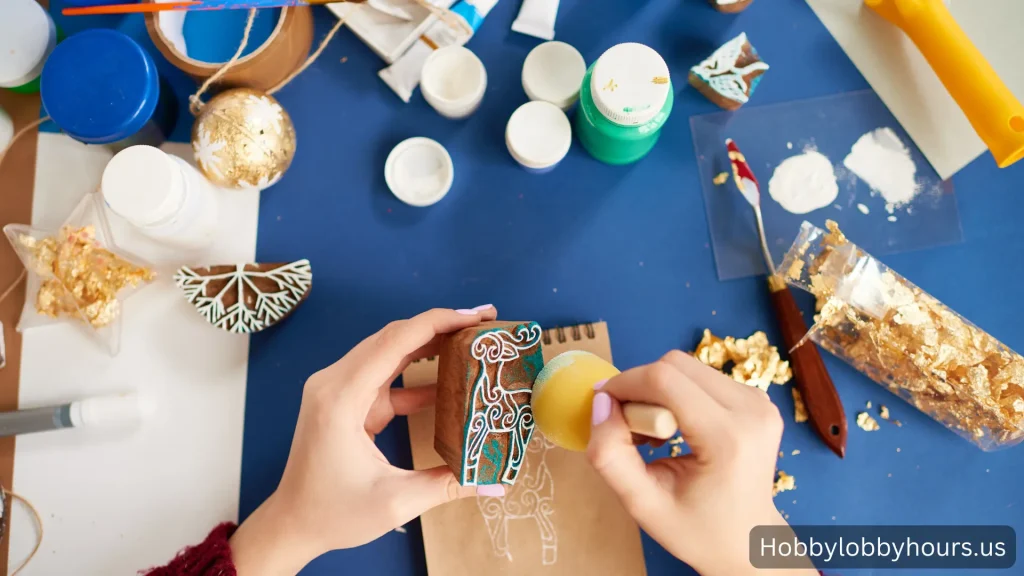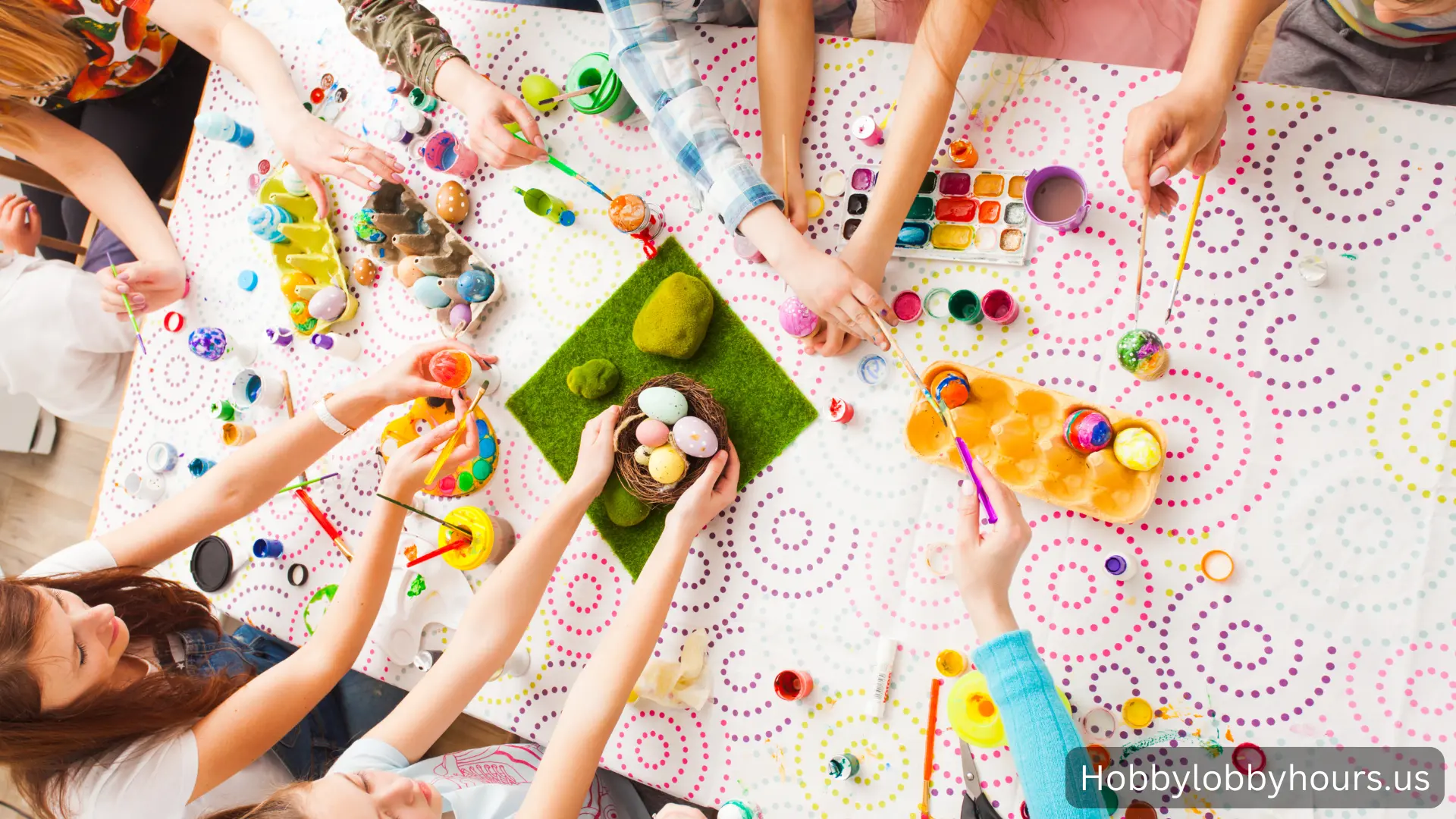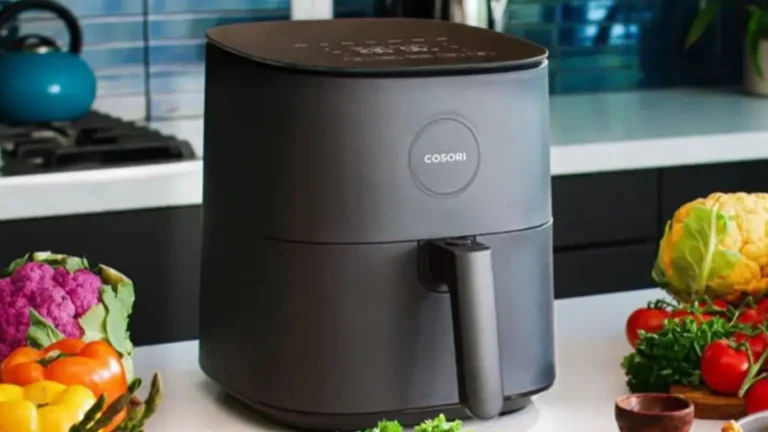How to Create Community Connections Through Local Crafting Events
What comes to mind when you think of crafting? The ability to create eye-dazzling stuff, right? But you see, there’s more to this activity than meets the eye. Think of other amazing possibilities like community building. You could be at a local crafting event where strangers quickly become friends and bond over shared skills and creative energy. Here, everyone brings something unique to the table (a new idea, a favorite crafting tip, or just a laugh).
Each connection goes beyond the project at hand, as you get to build lasting friendships, enjoy a stronger sense of belonging, and even support other local artisans and businesses. In essence, you become part of a larger group that thrives on collaboration, inspiration, and the simple joy of creating together.
Now, how can you start creating those connections—from organizing your events to making the most out of those already out there? Let’s find out.

Host Crafting Events That Supports Collaboration
DIY crafting encourages everyone to try their hand at something new and exciting, especially one that is a shared goal. So, if you’re passionate about this niche, why not share your experience with others by organizing an event in your community? Sure, you need a venue. How about the local library, park, or community center down the block, or even your backyard?
This location should be favorable for collaboration—from setting up workstations and sharing craft tools, supplies, and snacks, to facilitating group activities and discussions. Next, invite a few friends and craft lovers you know (and anyone else interested) and kickstart the event! You could have them work on a single project or create their own pieces with a common theme.
With each participant working side-by-side with the next person, they’re more likely to open up and learn from each other. Before long, the whole group will be knee-deep in engaging and meaningful conversations that might spark new friendships and partnerships.
Offer a Variety of Crafting Workshops
Not every attendee will have the same specialty and proficiency level. At the same time, you want no one left out of the fun. On this note, consider tailoring your event to host various crafts like sewing, calligraphy, woodworking, knitting, painting, jewelry-making, and pottery. This approach won’t only help them settle in their element, but it will also present an opportunity to try something different, thus aiding networking and collective participation.
Partner with Local Artisans and Vendors
As enjoyable as crafting can be, it would feel incomplete if there’s a lack of exposure for both skilled hands and finished products. If this hasn’t crossed your mind yet, there’s still room to tweak your plan before launching. Start by looking up other locals in your area—artisans, crafters, and makers—and connect with them. Present them with the idea of showcasing their unique handmade goods to get them on board.
Doing so will help you create a vibrant, interactive atmosphere, where attendees and entrepreneurs can engage with your partners, ask questions, and support their work financially. Think of it, they don’t have to pay a fortune to have a stall or a booth at a flea market. They just have to show up at the crafting event and set up shop for the day.
Your event might even be an avenue for them to share their stories or teach others their craft; it doesn’t get better than this.
Also check: Best Mens Winter Headband
Promote Volunteerism and Charity Projects
Incorporating a philanthropic element into your crafting events can strengthen community ties. You can organize a charity day and have participants create items to donate to a cause. It could be knitted hats for children or homemade cards for elderly residents in nursing homes.
This act of kindness gives people a sense of purpose beyond just crafting for themselves. It’s a way to give back to the community, which makes everyone involved feel more connected to one another, and even increases the likelihood of forming long-lasting social bonds, based on findings.
Consider the story of four friends—Emily Williams, Rachel Bass, Carley Santori, and Margaret Leisenheimer—from the same New York theatre group, who turned to a cozy get-together of knitting and binge-watching movies during the COVID-19 lockdown. They called it Club KnitFlix. Interestingly, what started as a casual way to pass the time soon sparked an idea, as the group realized they could use their new knitting hobby to raise money for a cause close to their hearts—the Black Lives Matter movement.
The 12-hour event saw them rally 56 crafters and 500 donors to raise over $20,000, which went toward supporting four social justice organizations: G.L.I.T.S., the NAACP Legal Defense and Education Fund, the Loveland Foundation, and Disabled But Not Really. It’s, no doubt, an inspiring example of how something as simple as knitting can unite people and make a real impact.
Incorporate Icebreaker Activities
Some participants (especially introverts) may feel shy when attending their first crafting event, so it’s within your purview to help ease them into the group. A good icebreaker strategy would be to introduce fun activities like group introductions, show-and-tell to share what they’ve created so far, and team competitions to spark conversation.
As they get to know each other, trust starts to build, and they’ll feel more comfortable sharing personal stories, collaborating on crafts, and bonding over their mutual passion for creativity. A “crafting social hour” also comes in clutch. This unstructured time is when attendees can relax, have a drink, and chat about their projects and experiences, which further helps to break the ice. Such moments make the event feel more like a community gathering than just a crafting class.
Give Them a Reason to Come Back
With crafting events, your mission should always be two-pronged—to build a community and strengthen existing ties. The truth is, while the initial event might have been exciting, everyone will be eager to see what’s next. In this regard, ensure you keep tabs on what worked and what didn’t.
Don’t hesitate to ask for feedback, even after the event. You can either go digital (email or social media survey) or ask face-to-face during the event. This simple step will provide you with valuable insights on how to make the next one more engaging and enjoyable for the community.
Conclusion
Local crafting events are more than a creative escape; they’re a spark for meaningful connections and boundless opportunities. In other words, they lay the groundwork for social cohesion and support on which anyone can actualize their dreams. So, as someone who appreciates crafting, why not start a movement that redefines arts, culture, and community life in your neighborhood? Gather your tools, rally your people, and create a brighter, more connected future for everyone.








